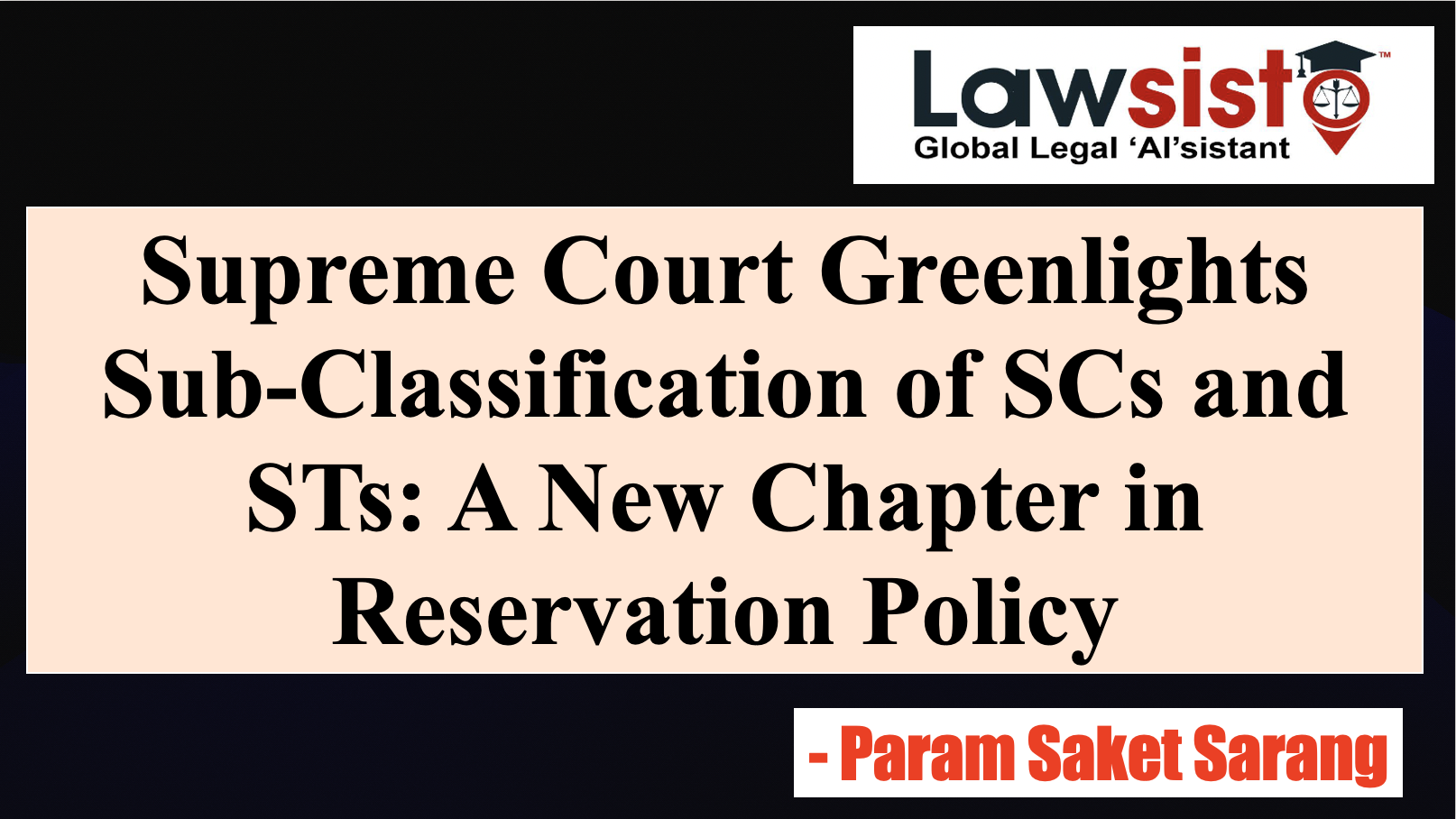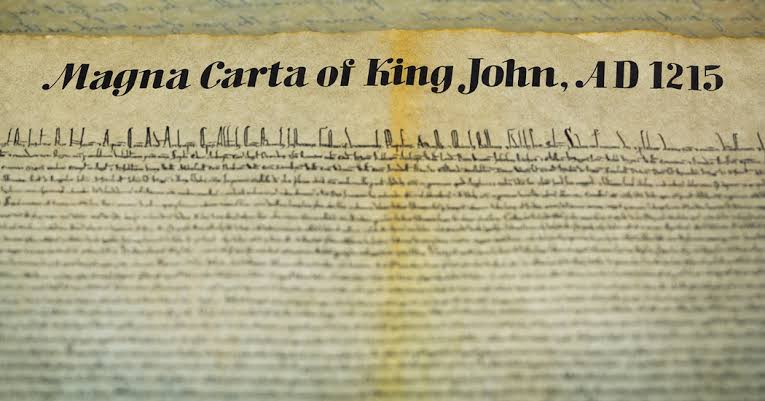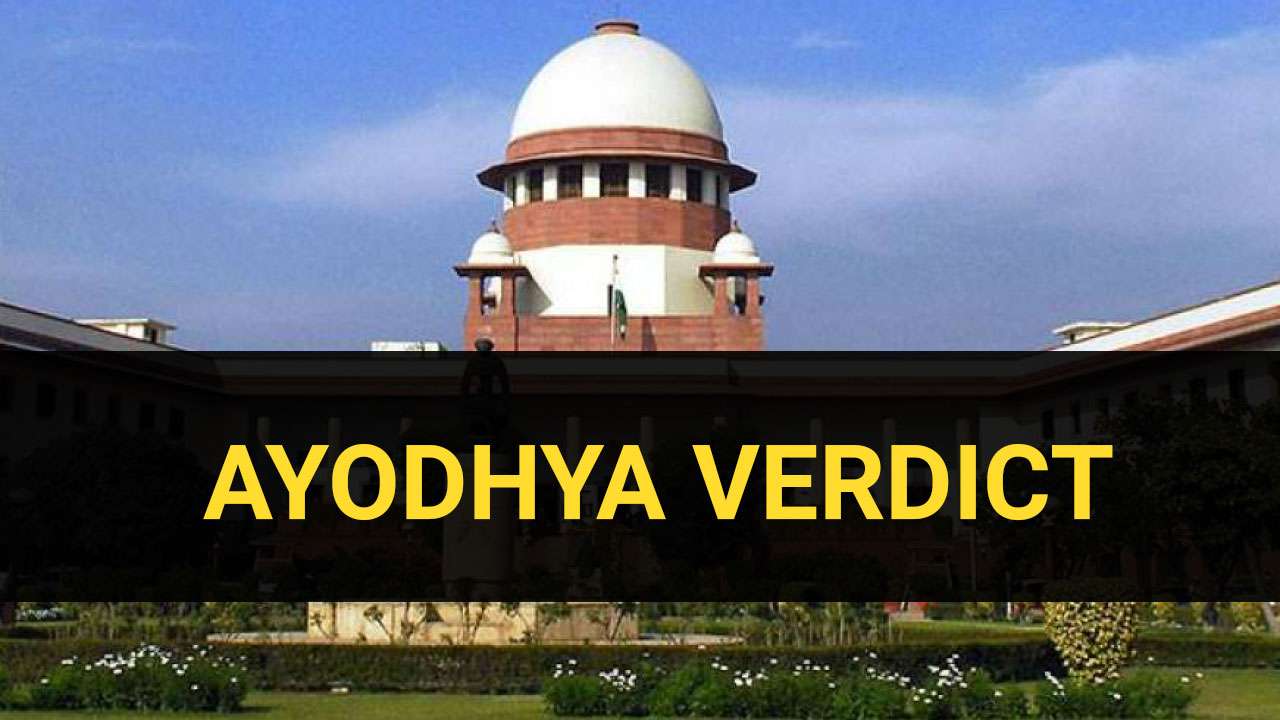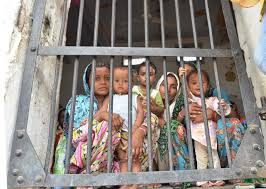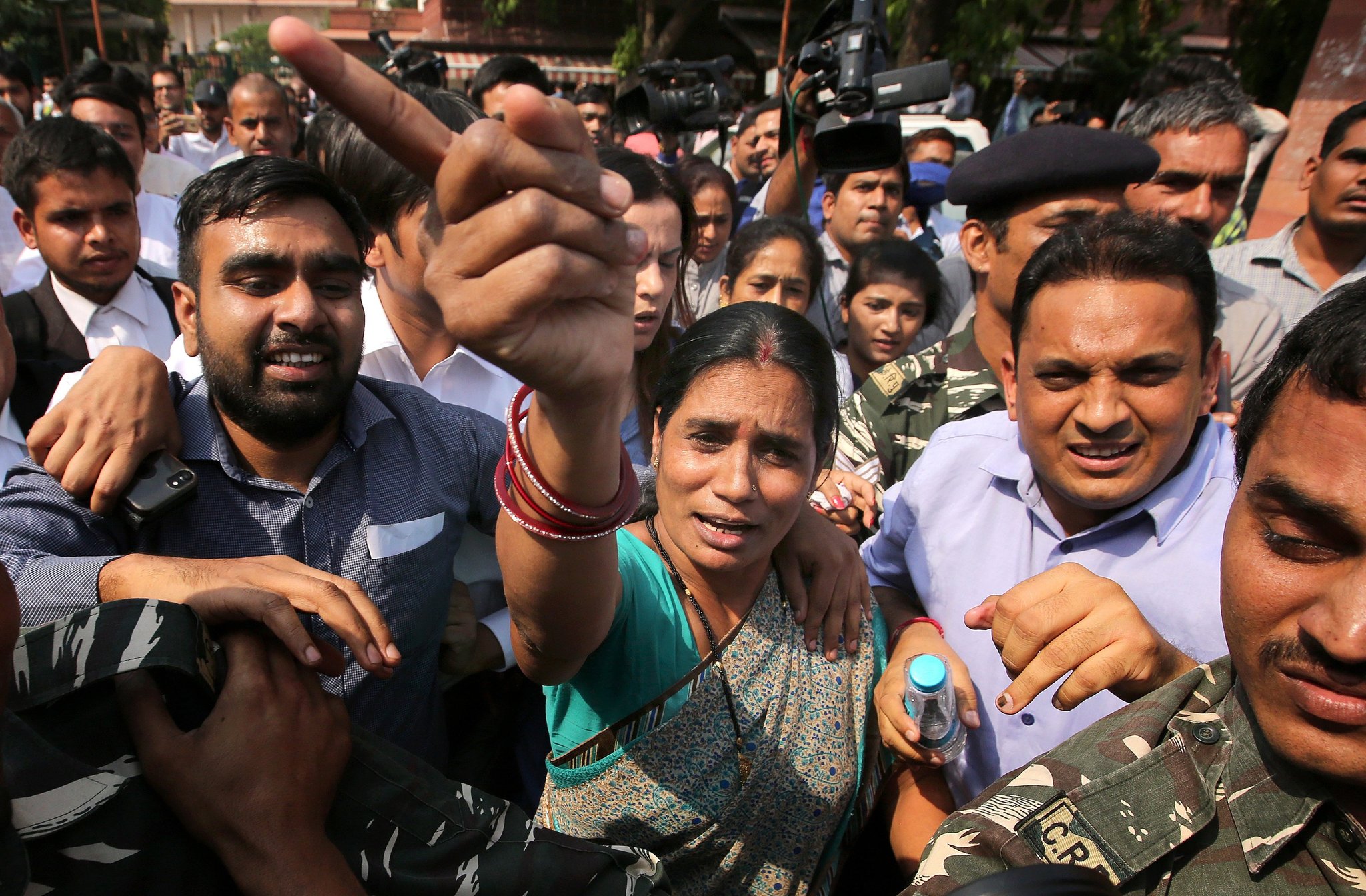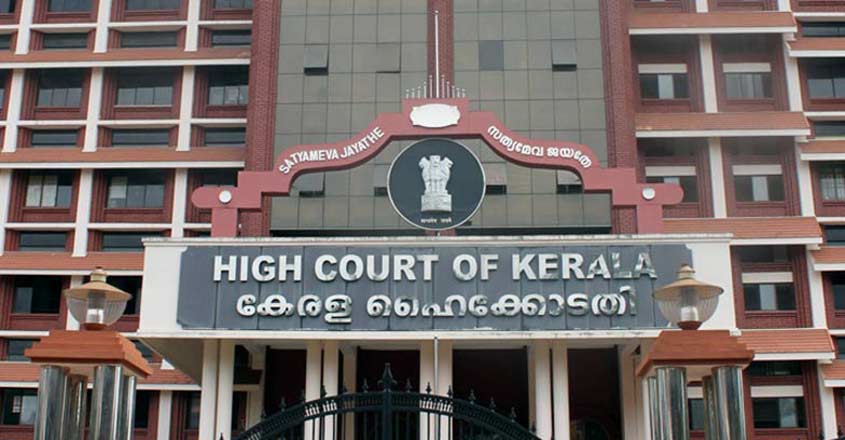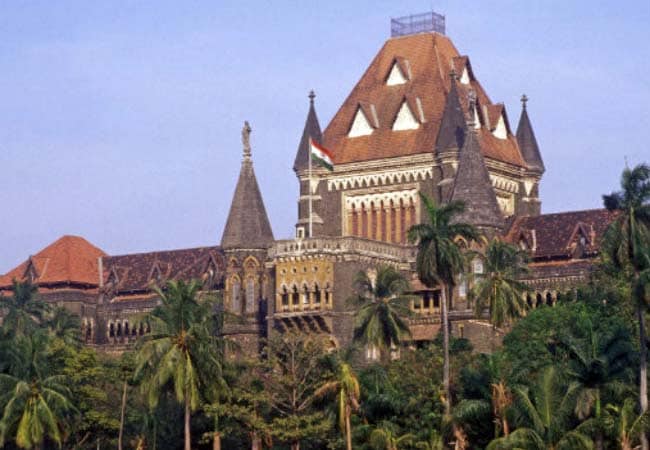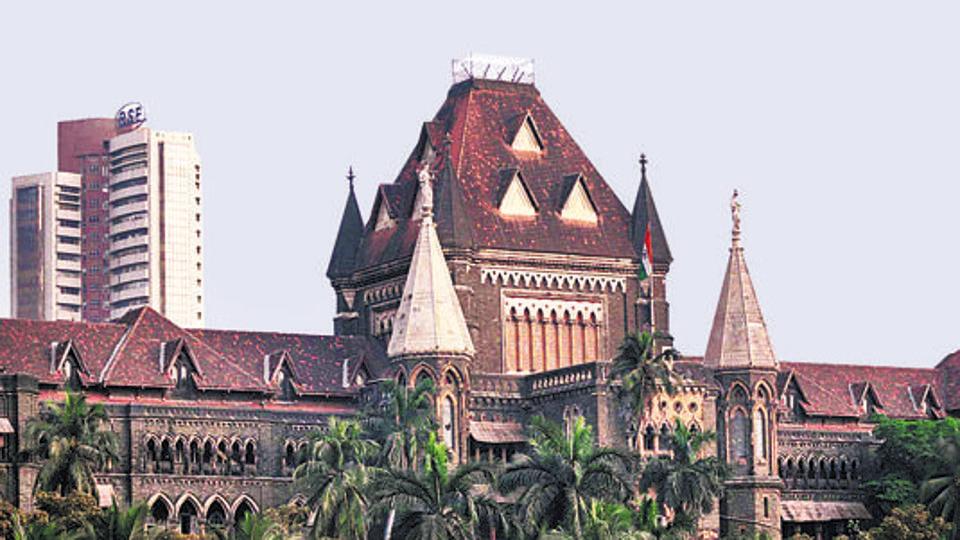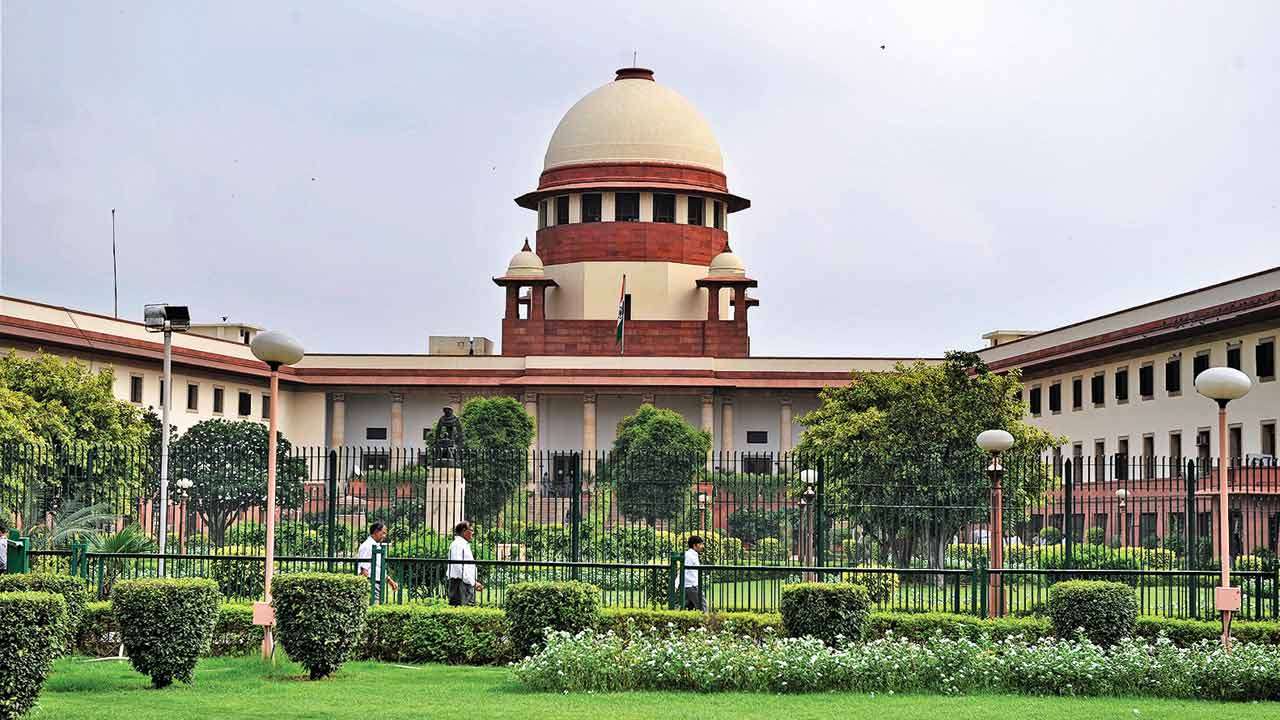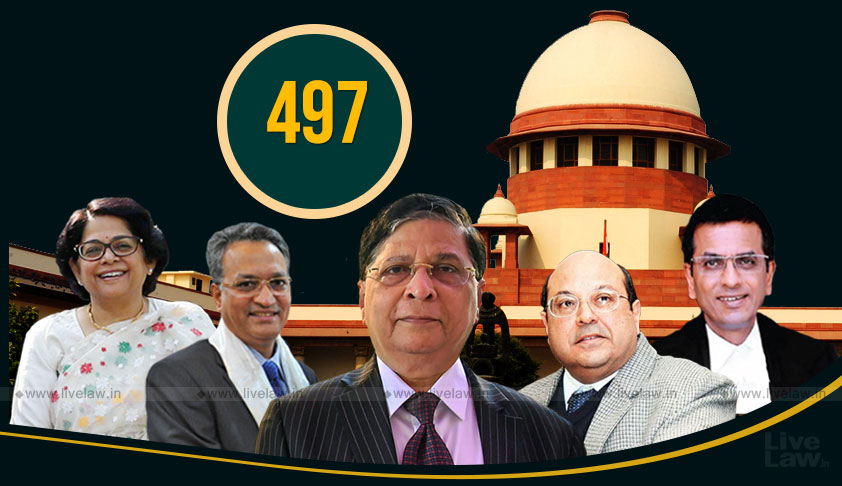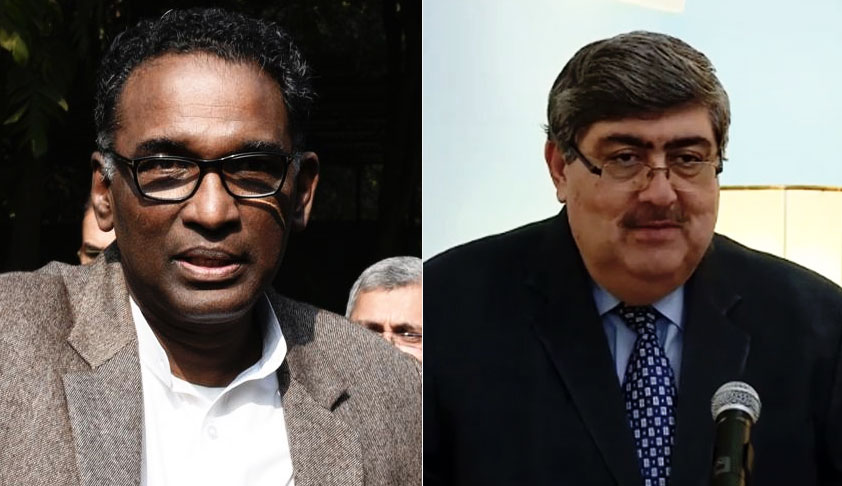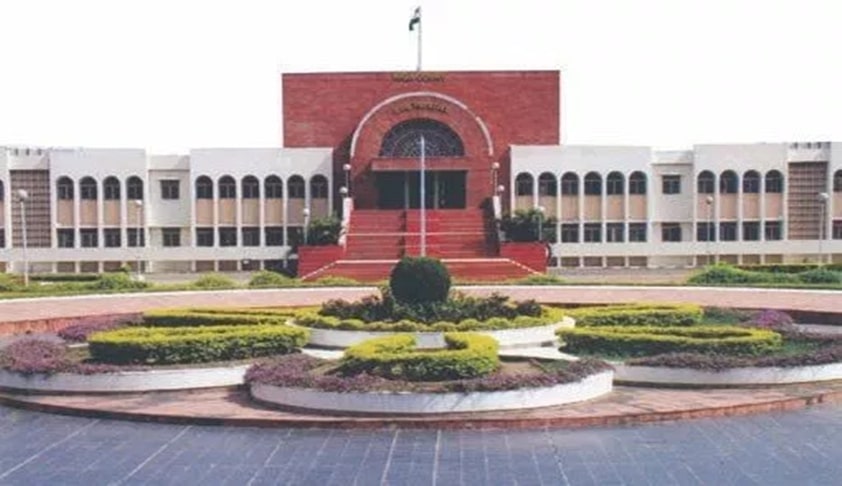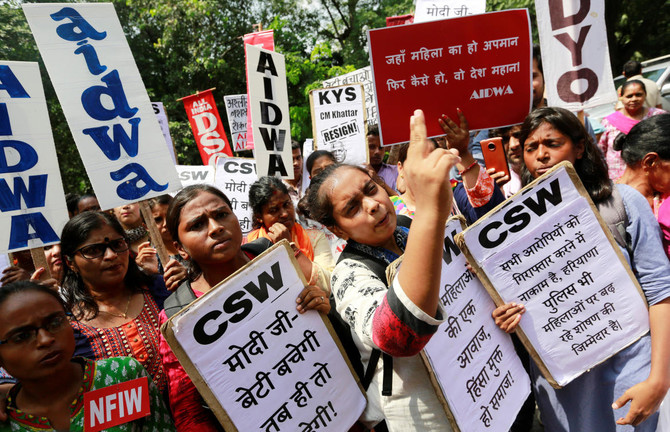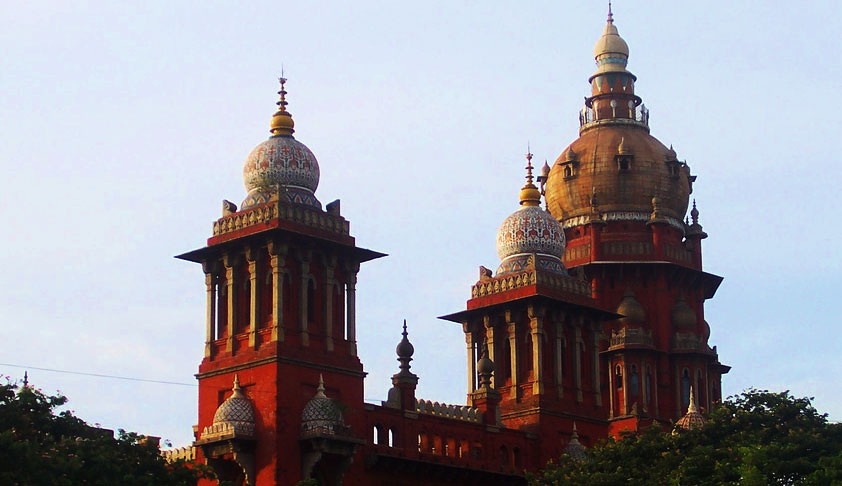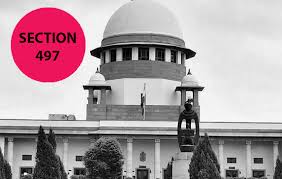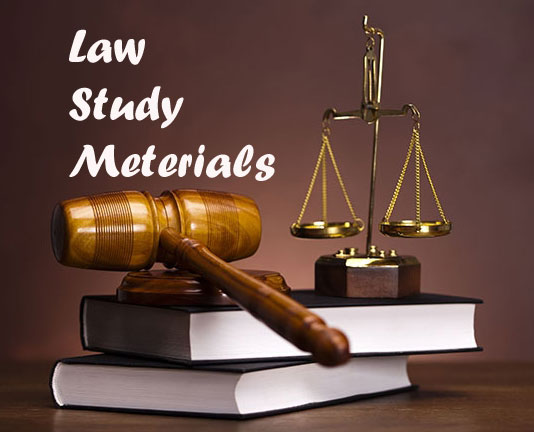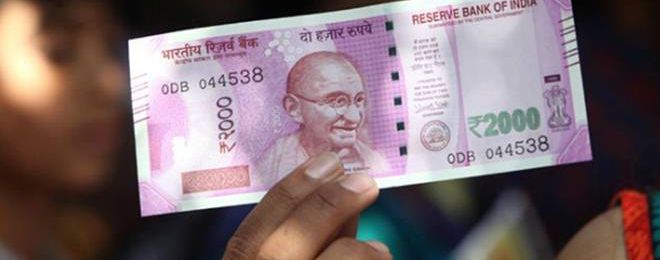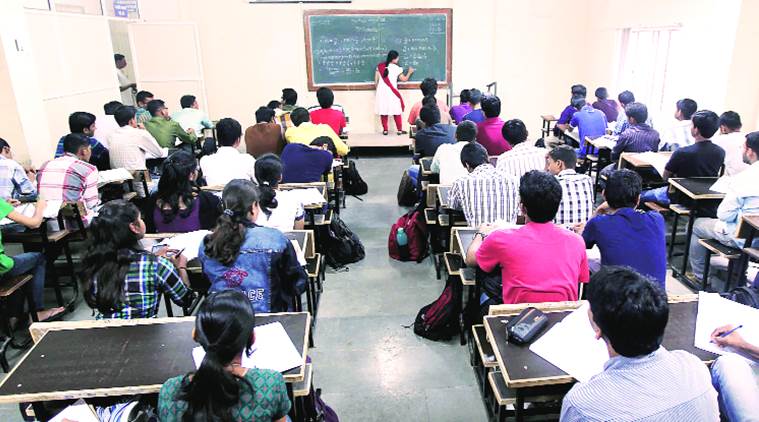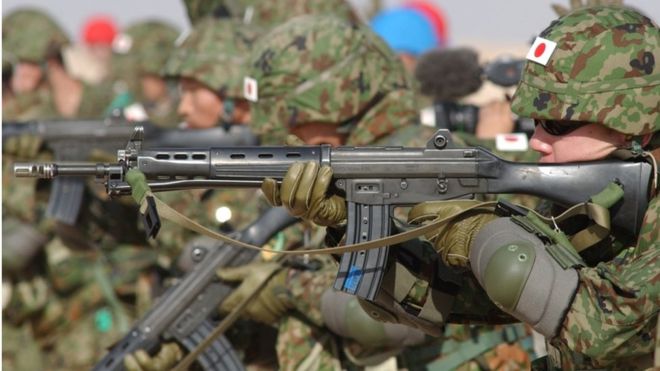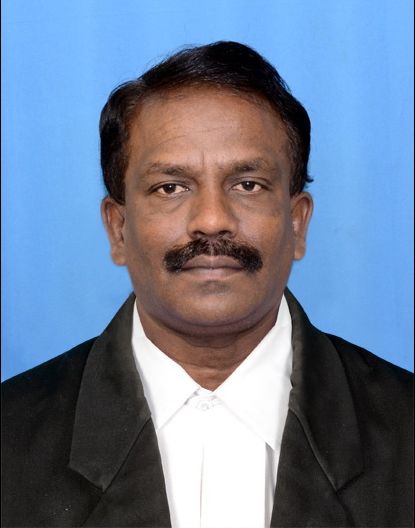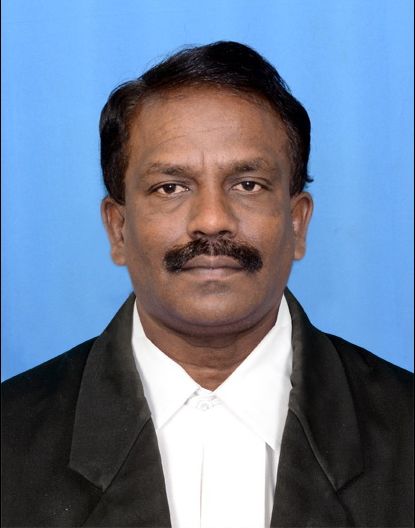Latest Articles
'Intermeddler' as a Legal Representative under the Civil Procedure Code

- Section 2 (11) of the Code of Civil Procedure defines ‘legal representative’ as a person, who in law, represents the estate of a deceased person, and includes any person that intermeddles with the estate of the deceased. While the first part o\f the definition includes legal heirs, coparcener and any person authorised by a specific statute, the second part of the definition which includes any person that ‘intermeddles’ with the estate has been often debated over.
The term ‘intermeddle’ has been wisely used to exclude trespassers from the ambit of Legal Representatives and has been done deliberately such that procedural law (Civil Procedure Code, 1908) does not override the substantial law ( Transfer of Property Act, 1882 and Indian Penal Code, 1860) which makes the act of trespassing illegal. Procedural law must always be harmonious to substantial law but not have an overriding effect. A person said to intermeddle with the property, as against a trespasser, has some title over the estate of the deceased, although he does not hold the right to inherit the property. Tenants and licensee are included under intermeddlers.
In the case of Satya Ranjan Roy Choudhary and Anr. vs. Sarat Chandra Biswas (AIR 1926 Cal 825), after the owner of the estate, Lalit Mohan died, his widowed wife, was brought on record as the legal representative (Defendant No.1) but also added Defendant No.2 and Defendant No.3 on account of “appropriating some bricks” on the deceased’s property. Defendant No. 2 and 3 made an appeal stating that they were wrongfully included under Section2 (11) of the Act and further contended that the widow of the legal representative was in-charge of representing Lalit Mohan’s suit. The findings in this particular suit did not show that Defendant No. 2 and 3 were Executors De Son Tort.
The Court, taking into consideration the contentions made by the appellants pointed out exceptions to the rule where a trespasser can be considered as a legal representative:
- If there are no other claimants over the estate of the deceased apart from him
- If the said trespasser has a bonafide intention to represent the estate of the deceased in litigation; this intention is subjected to be proven on case-to-case basis and leaves the decision to the court’s discretion.
In this case, since the widow was a claimant over the estate of the deceased and it was proven that Defendant No. 2 and 3 had no intention to represent the estate in litigation, they did not meet either of the above mentioned rules and hence, the decree making them necessary parties to the suit was dismissed.
In the case of State Bank of India vs. Indian apparel Industries and Anr., (AIR 1989 Delhi 297) the question of whether a mere intermeddler can be considered to be a legal representative was proposed. The owner of Indian Apparel Industries died before fulfilling loans taken from State Bank of India. While his minor daughter and mother were impleaded as surviving Class I legal heirs, his father and brother were intermeddling with his estate and functioned as de facto administrators. There was no executor at the time of filing the suit for the estate. It was held that if there are more than one legal representative, one is capacity as legal heir and the other as an intermeddler, there is nothing is law to warrant the proposition that only the former category of legal representatives should be impleaded and not the latter.
